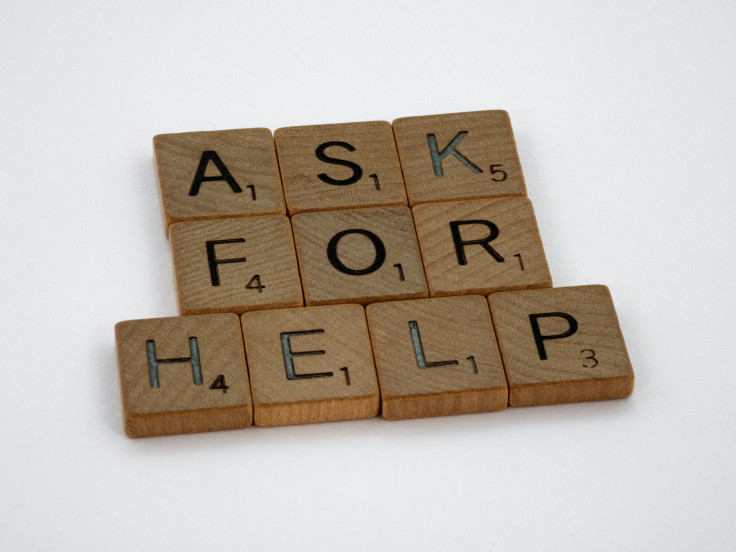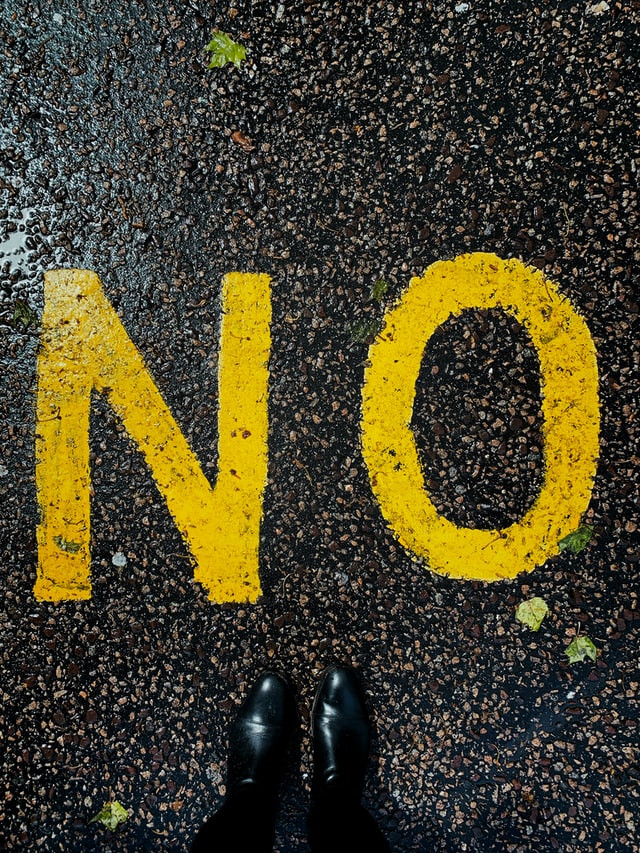Dealing With Toxic Customers

Every customer is different. And though most of the time our experience with customers is pleasant, or at least civil, you'll always have the rude, condescending, and selfish customer. We've all seen them -- either as the recipient of a customer's toxicity, the giver (we all have bad days) or through viral videos. With their harsh words, cold stares and raised voices, some customers turn the most pleasant work environments into a battlefield.
If you deal with this nightmare at work often or have an employee who needs to finesse their client issue handling, maybe it's time you learned the golden rules for dealing with toxic customers.
1. Remain calm
When you encounter a toxic client, remain calm and avoid reacting irrationally. You are the professional and in control of the situation -- if you remain calm. Toxic and rude clients often act out to gain attention from onlookers. If you get sucked into their drama, you'll make a fool of yourself.
When rude customers are looking to violate your dignity and respect, catch your breath and collect your thoughts before you respond. Don't insult them, don't talk back. One poorly timed sarcastic response could get them upset, and you fired. And when someone is that rude or worked up, they aren't going to listen to you.
After some time of making a spectacle of themselves, the client will calm down -- or storm out. No matter what, there will be an end to your interaction with them. If they stick around, you can solve their problems more amicably without having matched their unprofessional behavior.
2. Get help

While most of us are patient people, others are reactionary and on the offensive. Identify employees who are strong problem-solvers and have excellent interpersonal skills. If you feel that you ever need to back up one of your employees with this type of person, you'll know exactly who to go to.
If the toxic customer is more challenging than you anticipated, encourage employees to get their manager. Bossy customers respond to authority. If they see a "Manager" tag, they are more likely to calm down. And be honest with yourself. If you are not a level-headed individual and feel the situation spiraling, get help ASAP!
3. Listen
Sometimes, a customer might just be frustrated by a product or service -- they have no grievance toward you personally. If the situation permits, hear them out first. If the customer is angry or rude, inquire about their grievances and act accordingly. Never make them feel that their issues with something are ridiculous -- even if they are unreasonable.
If the customer is approachable, try to walk them through a solution. While some customers are indeed difficult, others are just seeking explanations. An understanding tone can assuage their fears. If it's appropriate, offer a sincere apology. Remember, adults can throw temper tantrums, too. Just let them cry it out.
4. Say "no!"

Customers are important, but employees and business owners have the right to protect their own interests. When dealing with a toxic customer who only wants to get their way, you have the power to say "No." You don't need to meet every demand.
For example, if a client destroys a product and makes a warranty claim, you have the power to refuse their demands in the clearest way possible. Don't beat around the bush or suggest there could be a change of mind. Being firm and assertive helps get your point across and if the customer is not pleased with your answer, they can always file their complaints on a higher level.
5. Solve the problem
Complaints are best addressed by answers and if a customer raises concerns, try to solve the problem as quickly as possible. In some cases, a toxic customer might be raising an important policy issue that your business is failing to implement. Instead of branding the customer as toxic, try to bring the matter to a close with problem-solving techniques.
For example, if a customer complains they already paid for a package, ask them for a receipt and double-check the receipt number in your system. Sometimes, a system lag is the cause of the problem, which makes it an internal issue. Put your house in order before blaming the customer.
Wrapping up
In every encounter with a difficult client, maintain professionalism and establish clear communication. Toxic customers are still customers -- they are just as important to your business as the easy-going customer.
But never forget, you also need to maintain your employees' dignity and peace of mind, and that there is a time to say "no." Practice saying that word with a smile on your face. Stump them with kindness and confidence, no matter how rude they get.
© Copyright IBTimes 2024. All rights reserved.





















